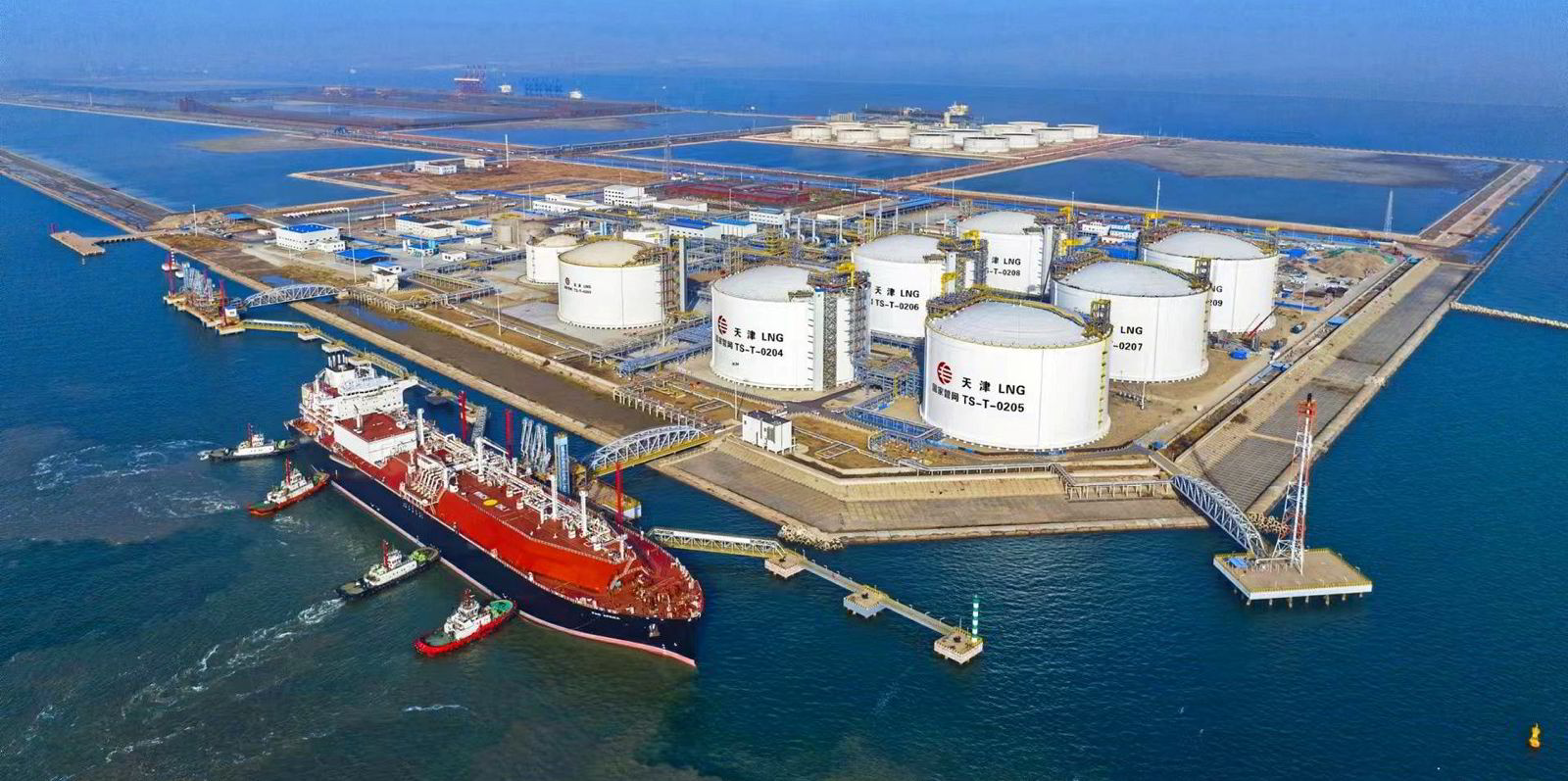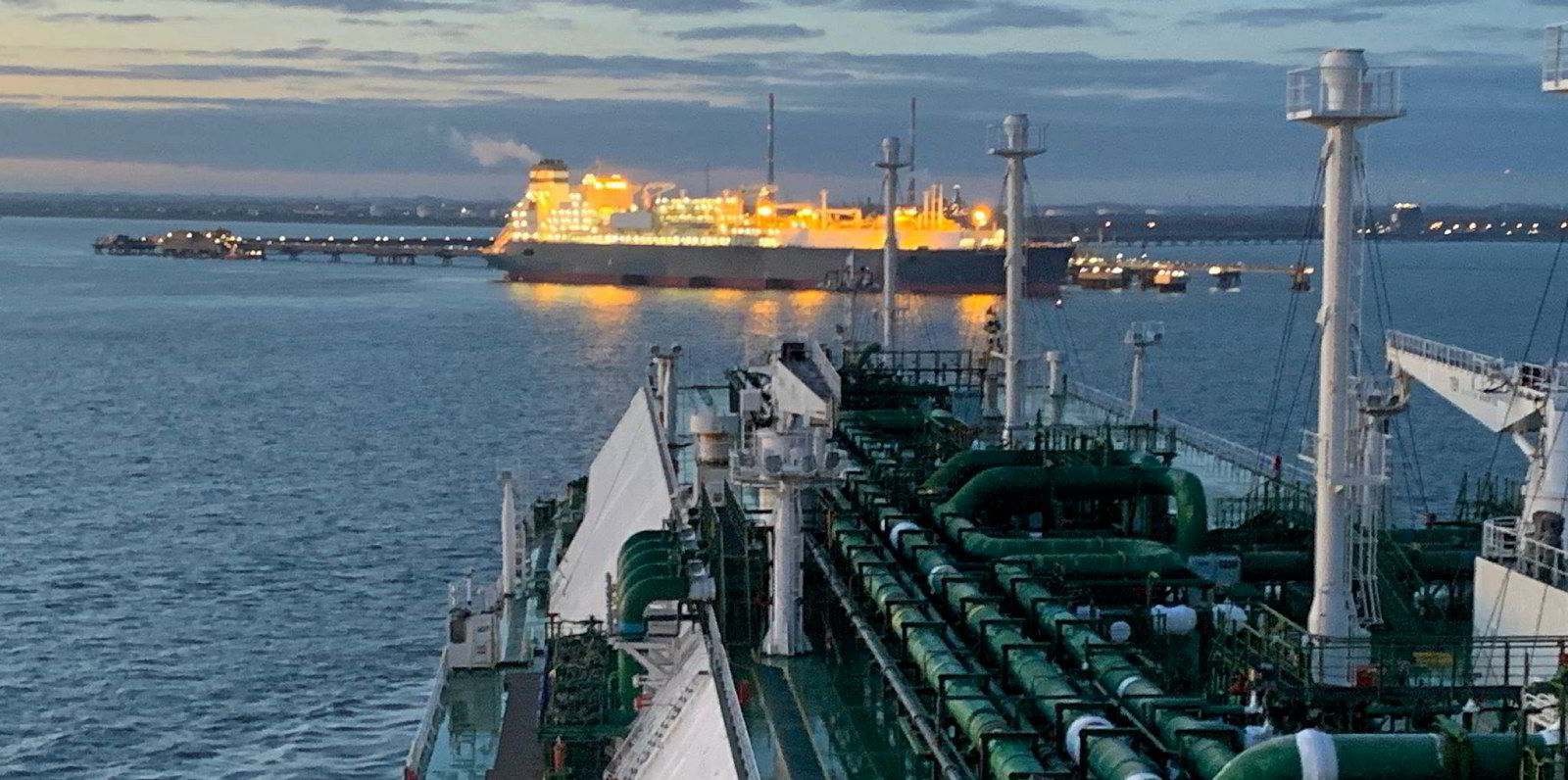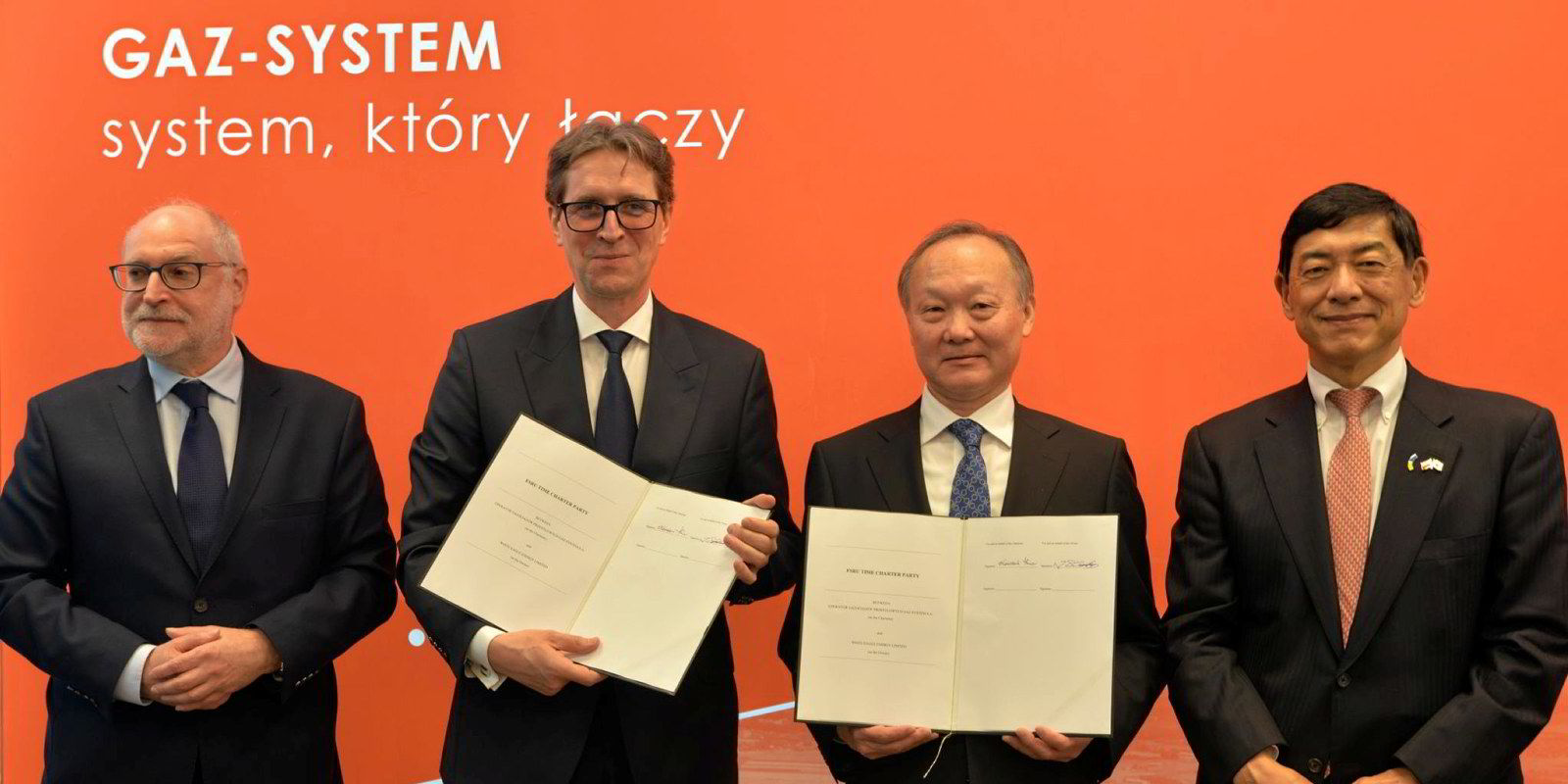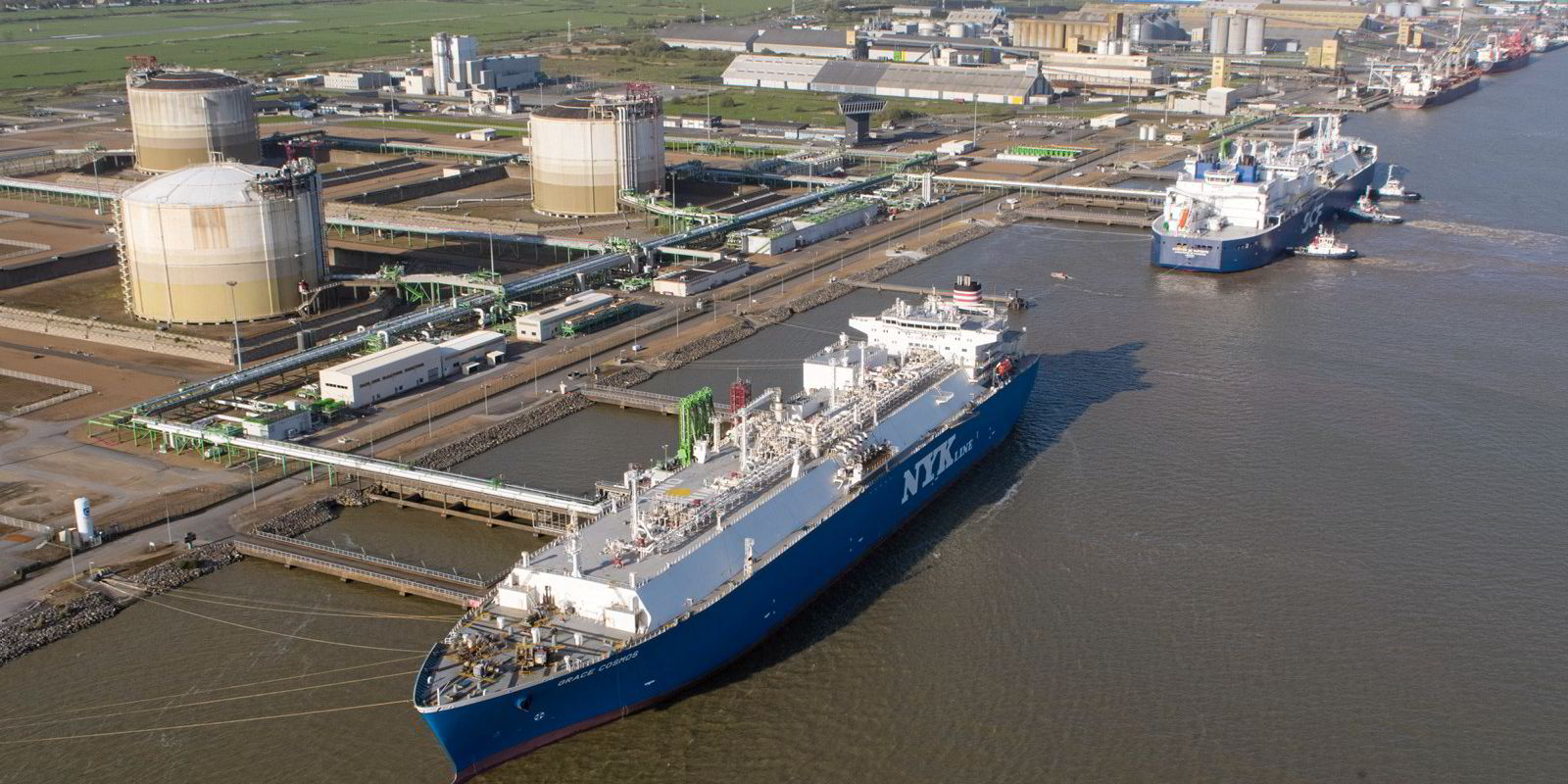Global LNG markets will move into oversupply within two years on the back incoming new production and slowing demand growth from major buyers, according to the Institute for Energy Economics and Financial Analysis (IEEFA).
The energy market monitoring outfit said in its Global LNG Outlook that world supply capacity is set to reach 666.5 million tonnes per annum by the end of 2028, which would represent a 40% increase in a five-year period.
IEEFA said LNG projects already under construction will add 193 mtpa by 2028 with the US and Qatar being responsible for the largest share of supply additions and other capacity under construction in Russia, Canada and Africa.
But it expects Europe’s gas and LNG demand to fall through to 2030 due to fuel switching, increased nuclear and renewables generation, and energy efficiency measures.
The institute sees LNG imports for the region — which accounted for 37% of European gas demand in 2023 — peaking in 2025 and said the buildout of infrastructure is likely to result in “significant excess capacity” which could see utilisation rates fall for the remainder of this decade.
An IEEFA analyst pointed out that LNG imports to other large global buyers have fallen. Japan’s dropped 8% in 2023 and South Korean imports fell by 5%, with both countries turning instead to nuclear and renewable energy under national climate plans. Taiwan remains an outlier in that its ambition to cut nuclear power may boost LNG demand.
The institute said that while China was the largest LNG importer in 2023, domestic natural gas production, additional pipeline imports and increases in renewables capacity are constraining the need for LNG in the power sector.
IEEFA added that fiscal challenges and LNG price volatility may also constrain the use of LNG in South Asia, while long development timelines, contract negotiations and project delays for infrastructure may continue to inhibit demand in South East Asia and push consumers to other fuels.
Both regions are often flagged up as rising buyers of LNG.

The institute said the combination of all these factors “will likely thrust markets into an extended period of oversupply”.
Energy finance analyst Clark Williams-Derry said: “If rapid and sustained demand growth does not materialise, LNG suppliers and traders — particularly those with higher costs and significant uncontracted supplies — will likely face an extended period of low prices and slim profits.”
Separately, consultancy Rystad Energy is highlighting another factor which could affect the LNG supply picture.
The analyst said Russia’s planned 100 mtpa of LNG production by 2030 could fall well short of target, reaching 36.3 mtpa by 2026.
Russian LNG exports to Europe rose by about 5% year on year in the first quarter of 2024, and replacing these volumes in the short term is a major challenge for the continent, Rystad said.
“In the short term, we expect only LNG projects from independent Russian gas producer Novatek to proceed, with delays of at least five years due to vessel procurement challenges and current market conditions,” the firm said. “The main challenge for Novatek will be developing the logistics and looking for new buyers.”
The analyst sees Russia commissioning about 68 mtpa tonnes of liquefaction capacity by 2035, but with actual LNG production amounting to about 40 mtpa of which Novatek will account for almost 80% through its Yamal LNG, Arctic LNG-2, and Murmansk LNG projects.
Last year, Russian LNG production dropped to about 31m tonnes largely due to planned maintenance.
Rystad expects Russian LNG production to total about 34m tonnes this year as it begins to bring its Arctic LNG 2 project online.





